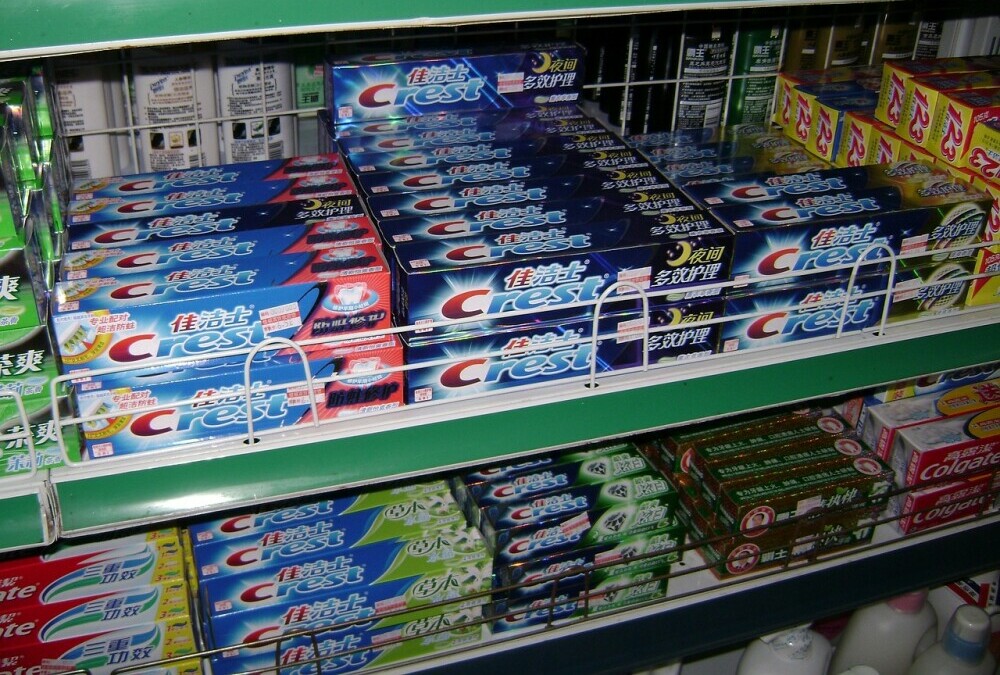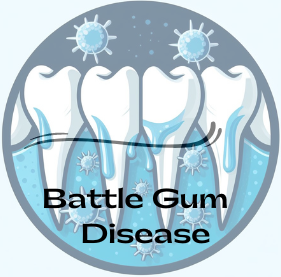
Gum disease, also known as periodontal disease, is a sneaky little culprit that starts off quietly but can cause a lot of trouble if ignored. It’s a broad term encompassing everything from mild irritation to serious gum damage. To get a handle on it, knowing about gingivitis and periodontitis is key.
Gingivitis is like the common cold of gum diseases. It’s an early stage that causes swelling, redness, and bleeding gums, especially when you brush or floss. The good news? It’s reversible with good oral care and regular dental visits.
Periodontitis is the more severe type of gum disease. This advanced stage happens when gingivitis is left untreated, leading to serious damage to the gums and the bone supporting teeth. It can cause tooth loss if you don’t tackle it in time.
Several factors can put you at risk for gum disease. Smoking is one of the biggest culprits. Your diet plays a role too, as do age and genetics. Even stress isn’t off the hook. Knowing your risk factors can help you take proactive steps to protect your gums.
Keep an eye out for the warning signs. Swollen, red, or bleeding gums are red flags. Bad breath that won’t go away, loose teeth, and receding gums are also signs you’re dealing with more than just your average dental issue. Catching these signs early means better chances of keeping your smile healthy.
Ignoring gum disease is a bad idea. It isn’t just about keeping teeth; healthy gums contribute to overall health. There’s a connection between gum disease and heart disease, diabetes, and even certain cancers. Getting ahead of gum disease offers benefits far beyond a nice smile.
Key Ingredients to Look for in Toothpaste for Gum Disease
Choosing the right toothpaste is crucial when tackling gum disease. It’s not just about fresh breath; it’s about fighting bacteria and inflammation. Knowing which ingredients to look for can make a huge difference in your oral health.
Fluoride is the superstar of any toothpaste lineup. It’s been around forever, and for good reason. Fluoride strengthens tooth enamel and helps prevent decay, which is especially important when dealing with compromised gum health. It’s your first line of defense against cavities.
Antimicrobial agents like triclosan and chlorhexidine are key players too. They fight off the bacteria that cause gum disease, reducing plaque and inflammation. These ingredients have been shown to be particularly effective in managing gingivitis and other periodontal conditions.
Anti-inflammatory ingredients such as aloe vera and tea tree oil can work wonders in reducing gum swelling and redness. They aren’t just for soothing; they actively fight the inflammation that can lead to more serious issues.
For those with sensitive gums, desensitizing agents like potassium nitrate can be a game-changer. These ingredients help reduce tooth sensitivity and discomfort, making it easier to maintain consistent brushing habits.
In summary, a toothpaste packed with fluoride, antimicrobial agents, and anti-inflammatory agents is your best bet. It’s like having a mini dental toolkit right within your toothpaste tube, working hard to keep your gums healthy.
Top-Rated Toothpastes for Gum Disease
Finding the right toothpaste can feel like a daunting task, especially with so many options on the shelves. However, some toothpastes stand out for their effectiveness in dealing with gum disease. It’s all about finding one that aligns with your needs and getting a good bang for your buck.
Dental professionals often recommend brands like Sensodyne, Parodontax, and Colgate Total for their scientifically-backed formulations. Sensodyne is a crowd favorite for those with sensitive gums due to its gentle yet effective formula. Parodontax, on the other hand, is specifically designed to tackle gum health issues. It contains fluoride and is clinically proven to reduce bleeding gums. Colgate Total offers a broad-spectrum approach, fighting plaque and bacteria for a full 12 hours.
For those looking for specialized options, there are toothpastes like CloSYS and Oral-B Gum & Enamel Repair. CloSYS is known for its gentle yet powerful formula, that helps kill bacteria without irritating sensitive gums. Oral-B Gum & Enamel Repair focuses on strengthening enamel while improving gum health, a win-win for many users.
Checking consumer reviews can also provide valuable insights. Many users share their experiences, highlighting both the pros and cons. Websites like Amazon and dedicated review sites like Toothpaste Advisor offer a wealth of user feedback. Pay attention to comments about taste, texture, and overall effectiveness to find a toothpaste that suits your preferences.
It’s also worth noting that professional endorsements and certifications matter. Look for toothpastes that have earned the American Dental Association’s (ADA) Seal of Acceptance. This certification ensures the product meets stringent standards for safety and effectiveness, giving you extra peace of mind in your choice.
How to Use Toothpaste Effectively for Gum Disease Prevention

Getting the right toothpaste is only half the battle. The other half is knowing how to use it effectively. Proper brushing techniques play a massive role in managing and preventing gum disease.
First things first, make sure you’re brushing at least twice a day, ideally after meals. But it’s not just about frequency; it’s also about technique. Use a soft-bristled toothbrush to prevent irritating your gums further. Hold your brush at a 45-degree angle to your gums and use gentle, circular motions rather than back-and-forth scrubbing.
Don’t rush it. Spend at least two minutes brushing, making sure to hit all surfaces: front, back, and chewing surfaces of the teeth. Pay special attention to the gum line, where bacteria love to hang out.
Flossing is equally important. It removes food particles and plaque trapped between your teeth and under the gum line. Floss at least once a day, and if traditional floss is tricky for you, consider floss picks or water flossers as effective alternatives.
Mouthwash can be a beneficial addition to your oral care routine. Choose an antimicrobial or fluoride mouthwash to help reach areas your toothbrush might miss. Rinse after brushing and flossing to maximize its effectiveness.
A few additional tips can make a big difference. Replace your toothbrush every three to four months, or sooner if the bristles are frayed. Consider using electric toothbrushes, which can be more effective at reducing plaque and gingivitis. And dodge common pitfalls like brushing too hard or neglecting certain areas of the mouth.
Combining these steps with the right toothpaste sets a strong foundation for preventing gum disease and maintaining overall oral health.
Consulting with Dental Professionals for Personalized Care

Regular check-ups with your dentist are non-negotiable when it comes to gum disease. A professional cleaning can remove plaque and tartar that brushing and flossing miss, and a thorough examination can catch early signs of gum disease that you might overlook.
Don’t hesitate to ask your dentist when you have concerns about your gum health. They can provide personalized advice tailored to your unique situation. If you’re noticing persistent issues like bleeding or receding gums, it might be time to see a periodontist, a specialist in gum diseases.
During your visit, be open about your oral care habits and any symptoms you’re experiencing. This crucial information helps your dentist make informed recommendations. Whether it involves adjusting your brushing technique, suggesting a new toothpaste, or recommending additional treatments, professional guidance ensures you’re on the right track for better oral health.
Preventing gum disease goes beyond just treating it when issues arise. Routine visits create a proactive approach to your oral health. Your dentist can track your progress, update your care plan as needed, and nip potential problems in the bud before they become serious.
Do you have any questions? Many patients do! It’s perfectly normal to be curious about the best practices for oral health, the latest treatments, or even specifics about your toothpaste ingredients. Your dentist is there to answer these questions and help demystify the process, making it less intimidating to maintain a robust oral care routine.
“Here’s a little transparency: Our website contains affiliate links. This means if you click and make a purchase, we may receive a small commission. Don’t worry, there’s no extra cost to you. It’s a simple way you can support our mission to bring you quality content.”
